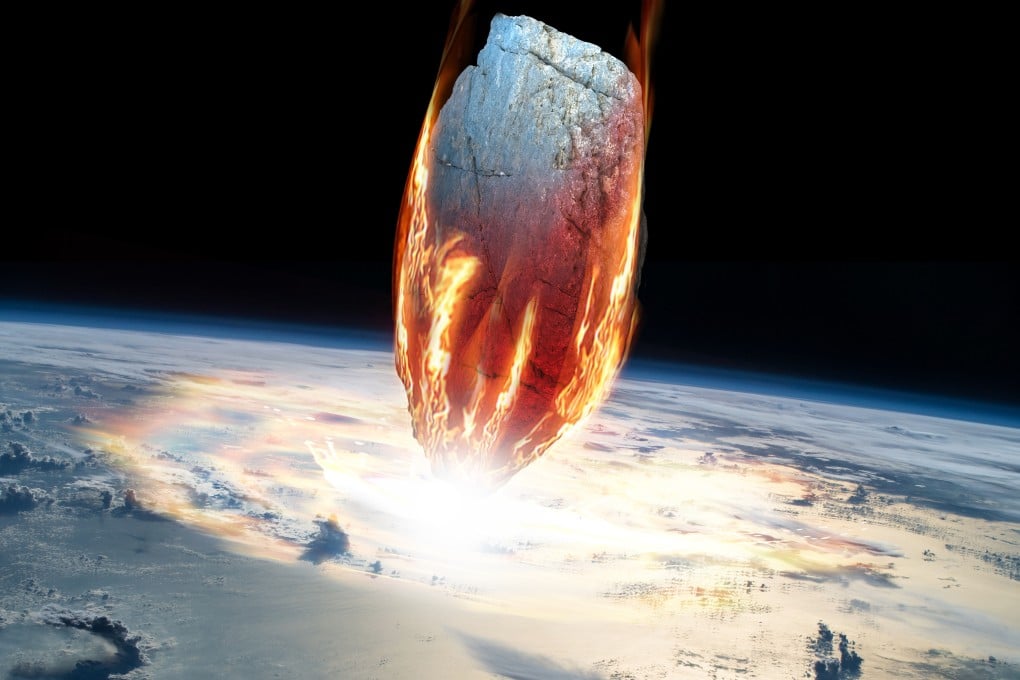The nuclear option: China study urges more weapons R&D to save Earth from asteroid strike
Risk of asteroid impacts ‘much higher’ than previous assessment suggested, as researchers urge decision makers to think ‘long-term’

The researchers said their analysis had found that in some situations, only nuclear weapons could prevent an asteroid from hitting the Earth, adding that they were fully aware of international laws against the use or deployment of nuclear weapons in space, and that nuclear fallout could also cause interstellar pollution.
“The potential risk of asteroid impacts is much higher than the assessment based on currently discovered asteroid data,” the team wrote in a peer-reviewed paper published this month in the Chinese academic journal Scientia Sinica Technologica.
According to the researchers, the technologies most urgently required include: rapid response ability to launch nuclear warheads from Earth to target asteroids within an ultra-narrow time window from seven days to one month; precise strike ability with a margin of error of less than 100 metres (328 feet) after long-distance flight; and long-term orbital deployment ability that allows nuclear warheads to be safely stored in space for more than 10 years.
As near-Earth object detection technology has improved, the number of asteroids catalogued by astronomers has risen rapidly to more than 30,000. However, this may only be the tip of the iceberg, according to experts.
